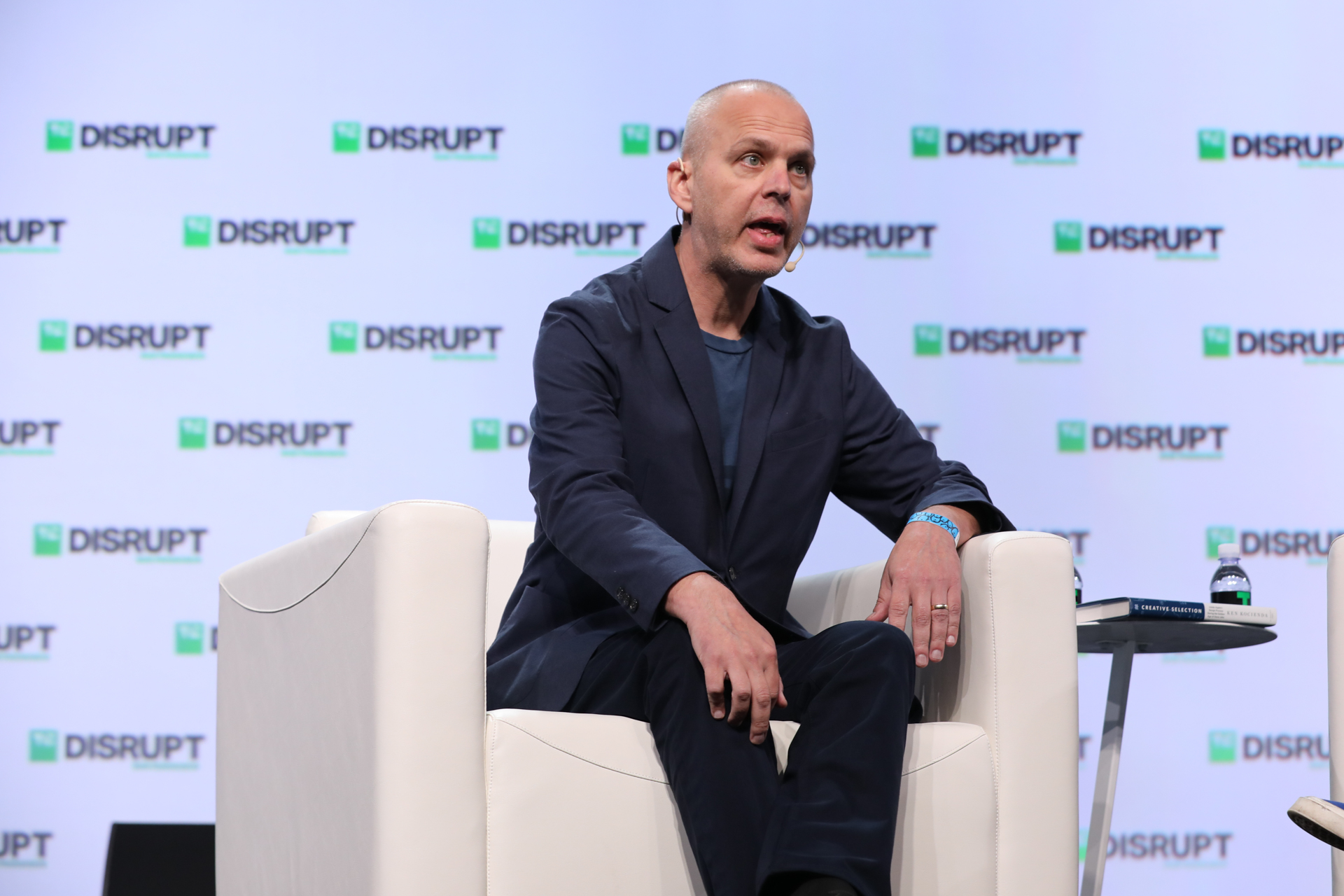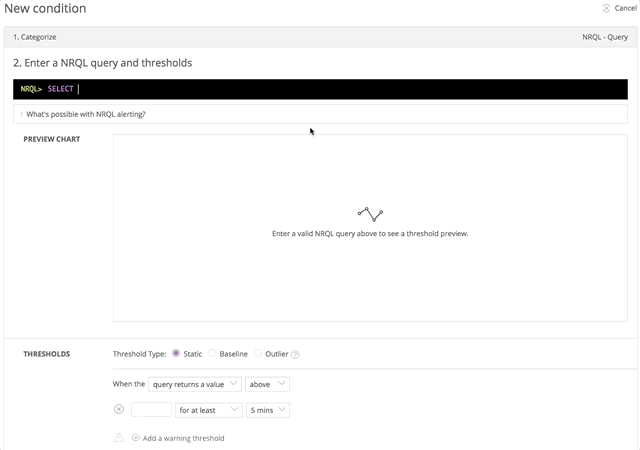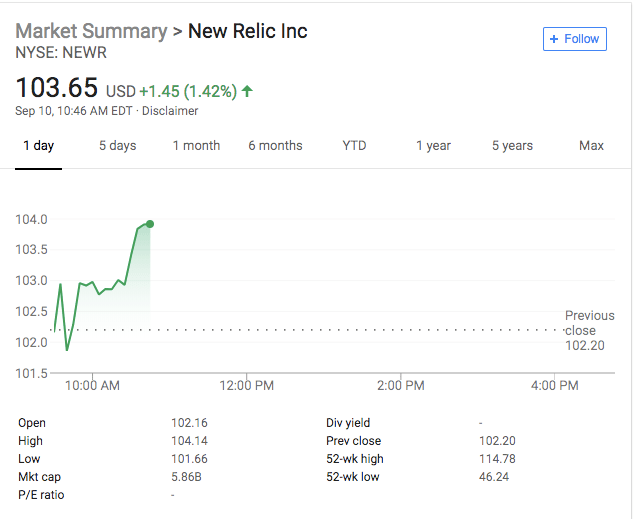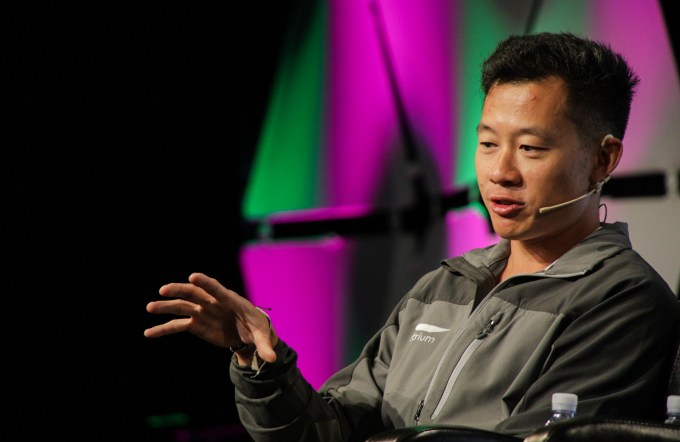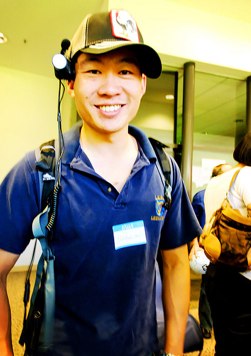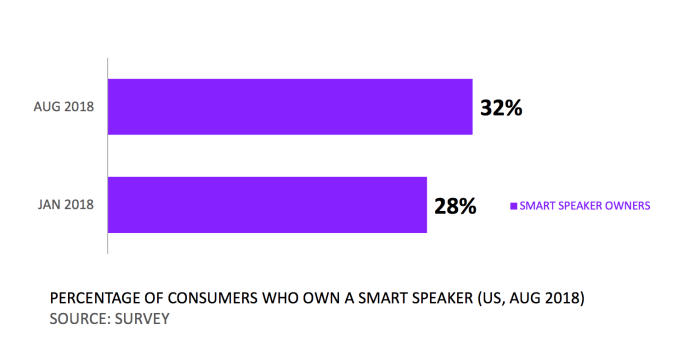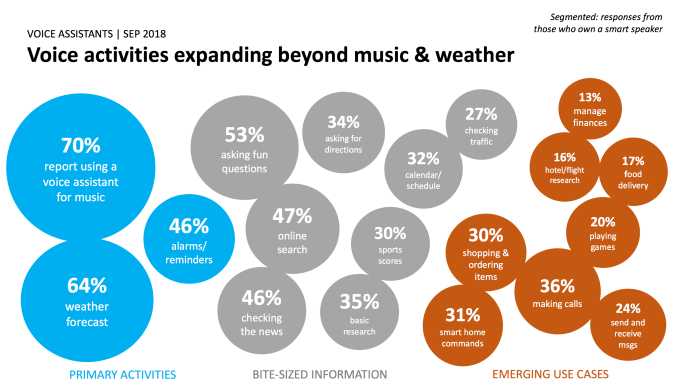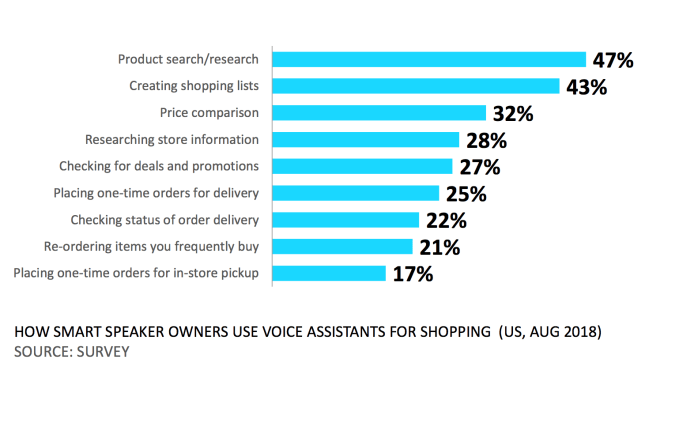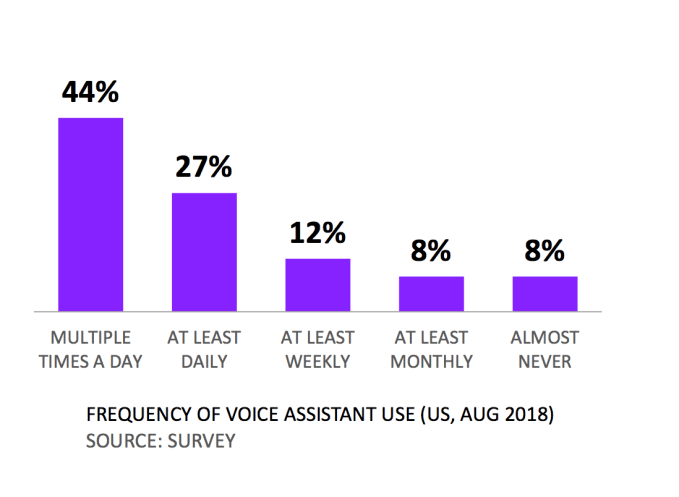Twitter announced this morning it has hired Sarah Personette, previously COO at Refinery29, as its new head of global Twitter Client Solutions. Personette will start in mid-October. She will be based in New York, where she’ll report to Head of Customers Matt Derella, also previously head of Twitter Client Solutions.
The company says this will allow Derella to focus on his expanded role leading Content Partnerships, Self-Serve Advertising, Operations, and Twitter Services.
Personette, meanwhile, will oversee all of the global regional TCS leaders, Client Solutions Development and Global Brands.
Derella welcomed Personette this morning in a series of tweets.
“Sarah will be taking the reins in overseeing our our strategy and execution in helping the world’s largest businesses grow with Twitter,” he said. “Sarah has a career anchored in putting the customer at the core. She’s led global marketing and agency teams across publishing, tech and advertising. We are thrilled to bring her range of expertise and her leadership to Twitter and our partners.”
Personette was not long in her last role as COO at Refinery29, where she had been only since January 2018. Before that, she was VP of global marketing at Facebook from 2014 to 2017, where she ran a 500-person group focused on getting its ad products into the hands of clients. She also built and led Facebook’s Global Agency Team.
Prior to Facebook, she was the U.S. President of Universal McCann Worldwide, Inc. and Senior Vice President at Starcom Mediavest Group.
Since 2016, she has been serving as a corporate director for publicly traded retailer, Build-A-Bear Workshop, which was recently in the news for a disastrous “Pay Your Age Day” deal that overwhelmed stores with crowds.
Personette is also a director of Northwestern University’s Alumnae Board, She Runs It, and the Reisenbach Foundation.
“I feel incredibly honored to be joining Twitter at this time and with this team,” Personette said, in a statement. “Twitter creates the forum for people’s voices to be heard, and that is hugely meaningful for brands who want to make genuine connections. I look forward to working with the top marketers in the world to help them move consumers from inspiration to action.”
The hire comes at a difficult time for Twitter, where it’s being hauled into the Senate to face questions over how foreign influence is impacting domestic politics, and how consumer data is protected.
The company also recently banned Alex Jones from using its platform, following a backlash that saw tens of thousands of Twitter users blocking the accounts of major brands like Nike, Pepsi, Uber, McDonald’s, Red Bull, Starbucks, IBM, Cisco, Microsoft, Wells Fargo, Visa and Capital One, and others in an attempt to pressure the company into banning Jones.
The brand boycott had been led by #GrabYourWallet, an organization headed by Shannon Coulter. She had created a brand block list that included nearly 500 major companies, which Twitter users could subscribe with a click. Coulter said she would automatically unblock every company on the list when Twitter kicked out Jones – which she did on September 6.
The ease with which users could take a stance against Twitter’s policies – a stance that greatly impacted brands ability to do business on the platform – could continue to be trouble for the company, and a challenge for Personette, if users revolt against other executive decisions in the future.

